
Both with Thales HVM/LMM missiles, one also with 30x113mm Bushmaster and 7.62mm machine gun. We saw it on a Ridgeback at #DVD24 last year
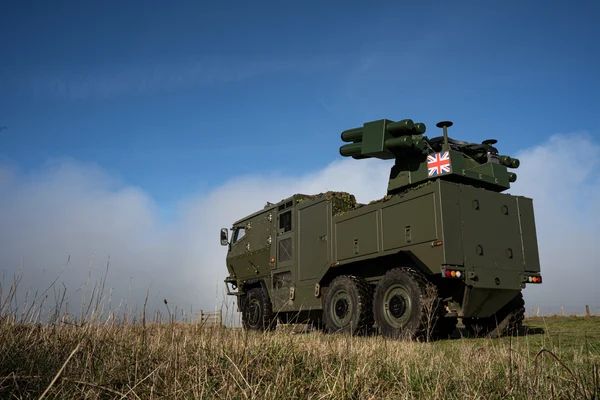
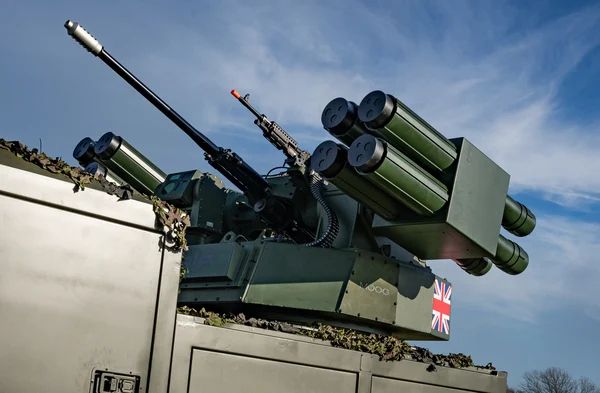
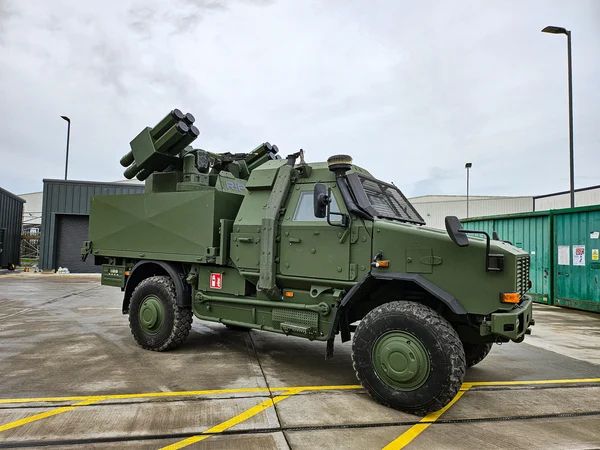
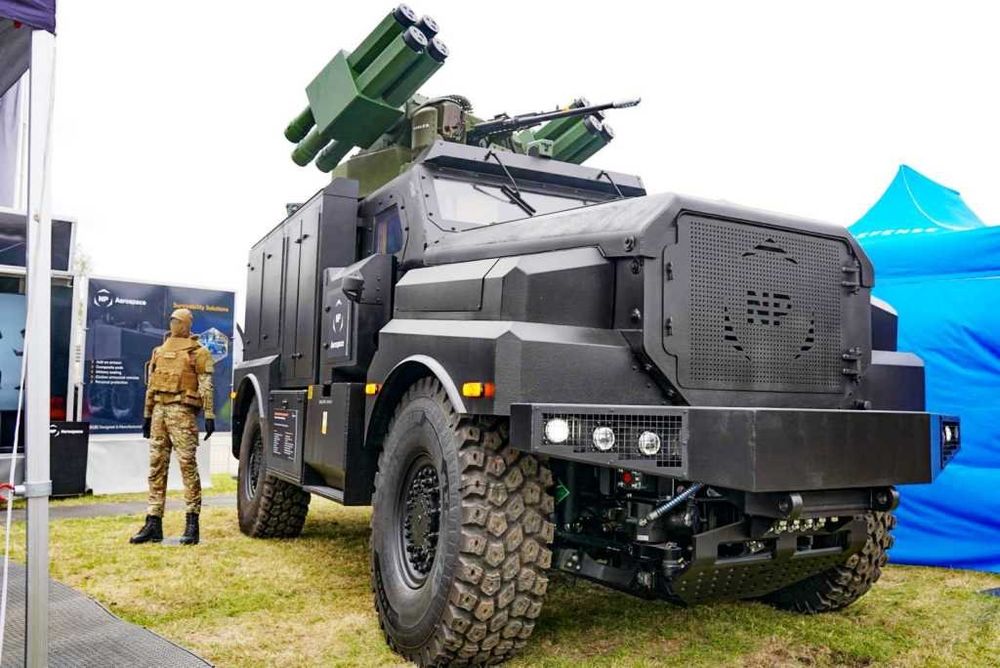
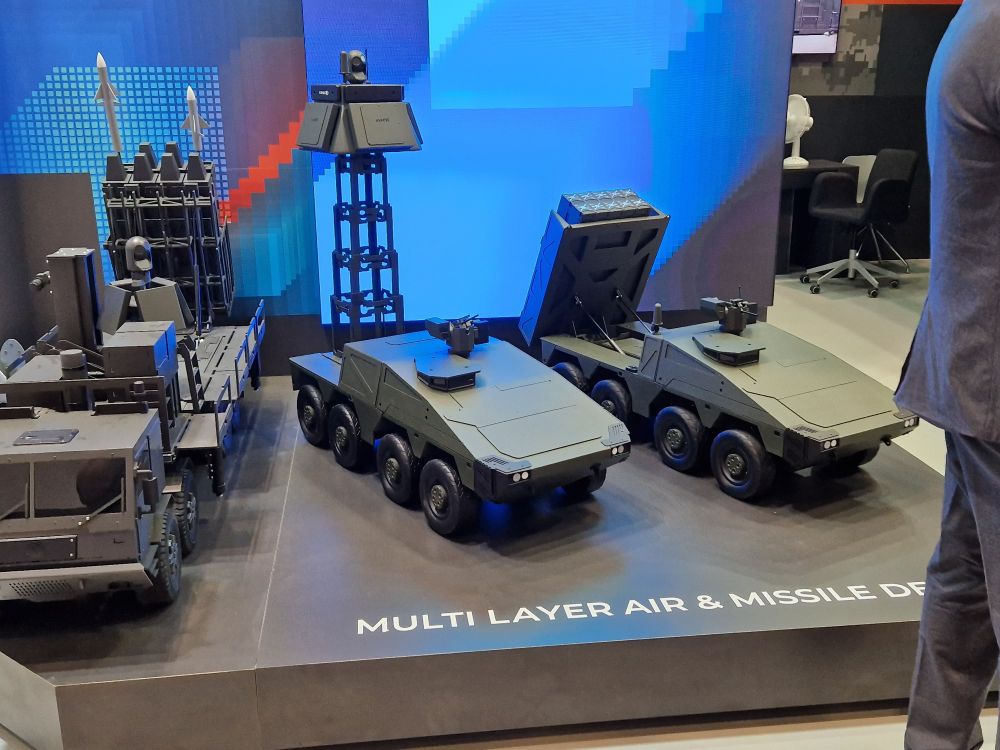
@thinkdefence.bsky.social
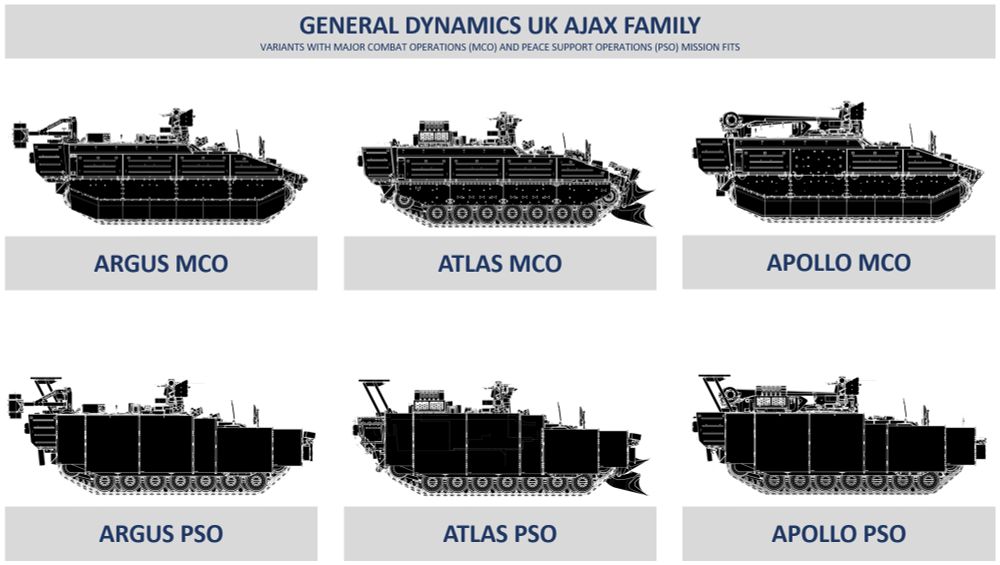
@thinkdefence.bsky.social
MCO is the conventional warfare fit (think TES for TELIC, sort of thing) and PSO is peace support (think TES for HERRICK)
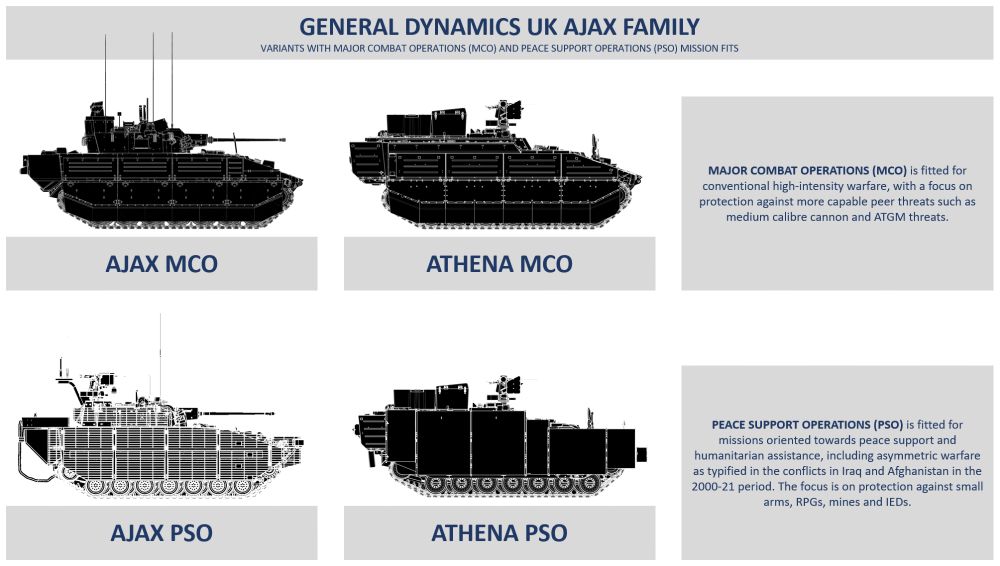
MCO is the conventional warfare fit (think TES for TELIC, sort of thing) and PSO is peace support (think TES for HERRICK)
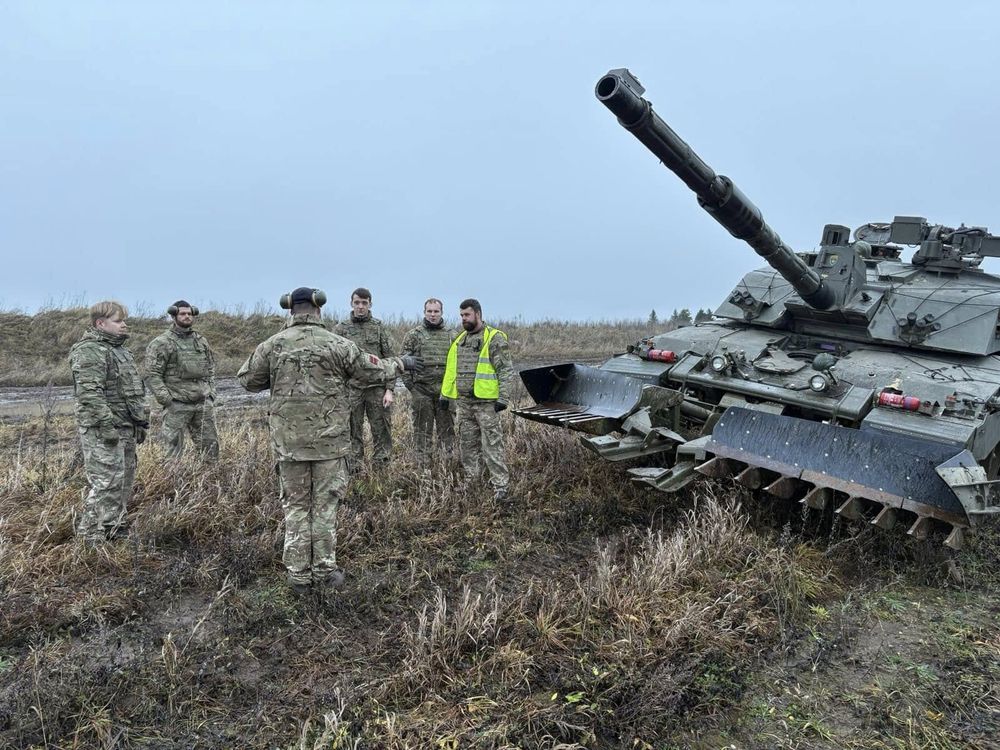
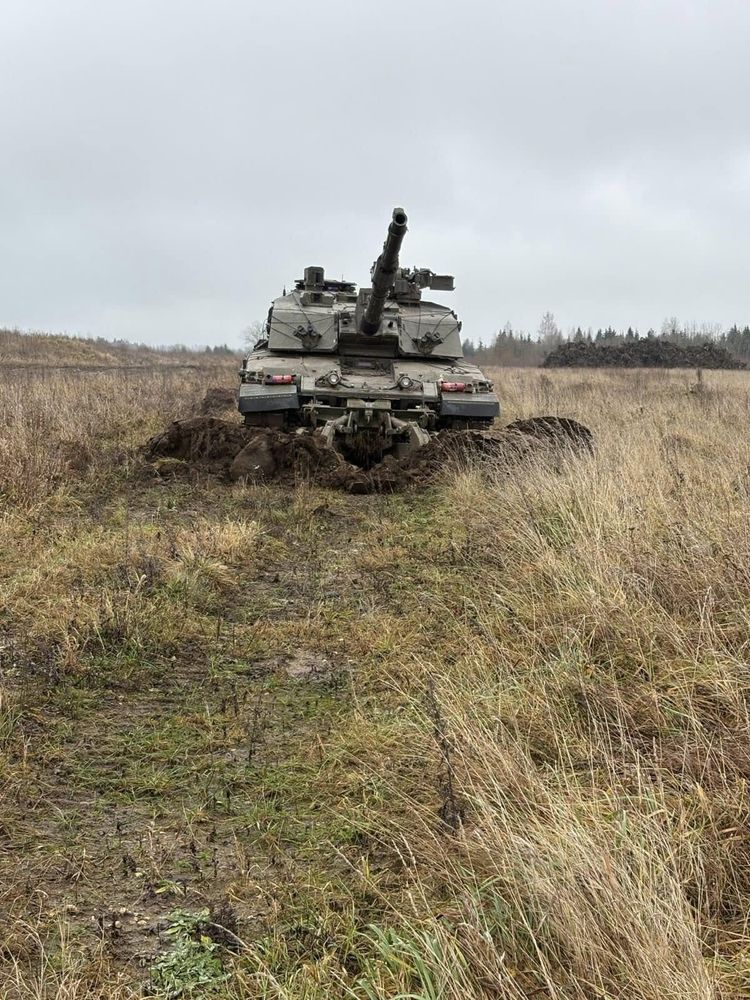

Both being replaced under Project TYRO.
Both being replaced under Project TYRO.
Planning a longer primer on testing and trials, but still collecting info.
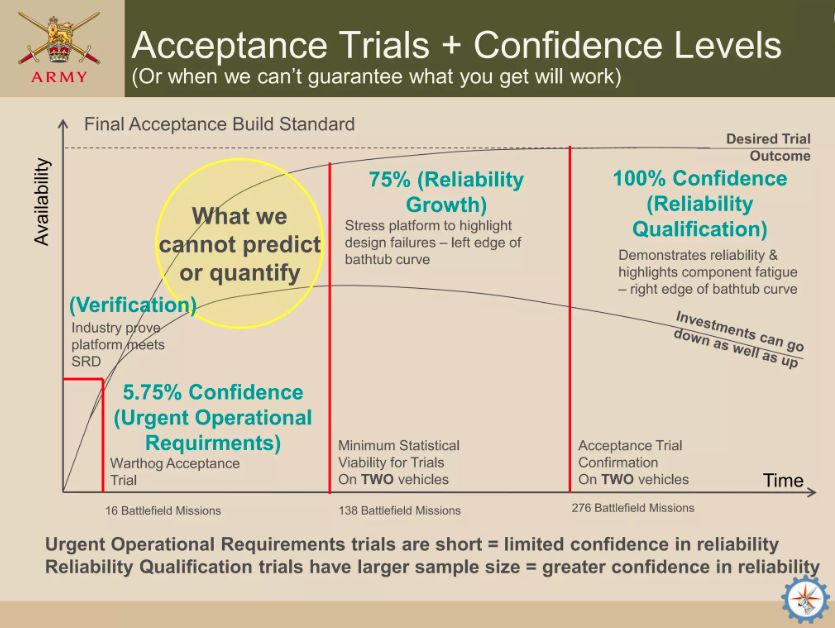
Planning a longer primer on testing and trials, but still collecting info.
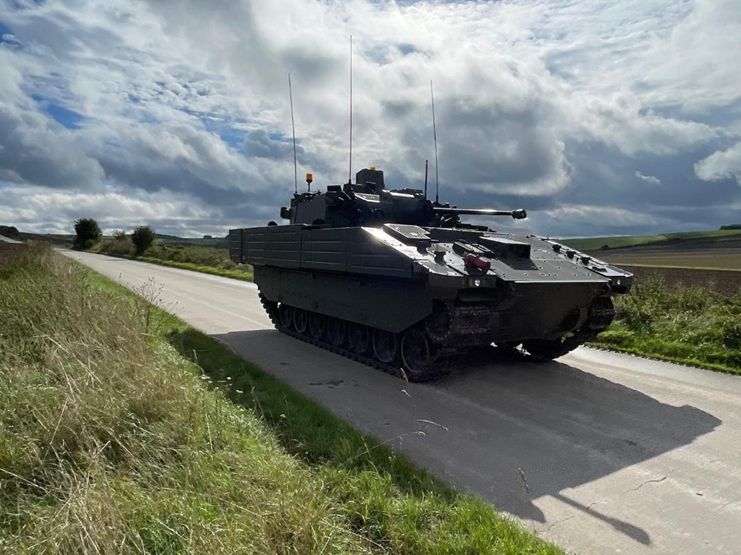
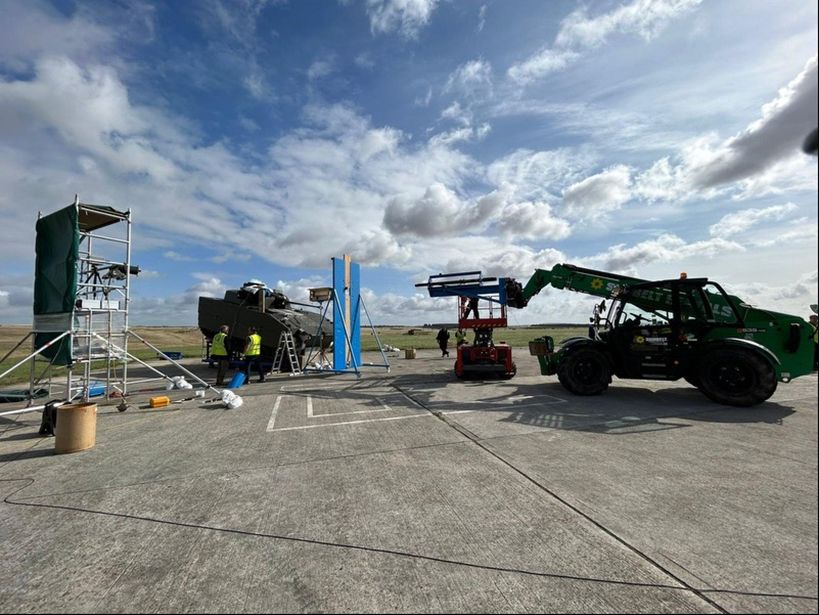


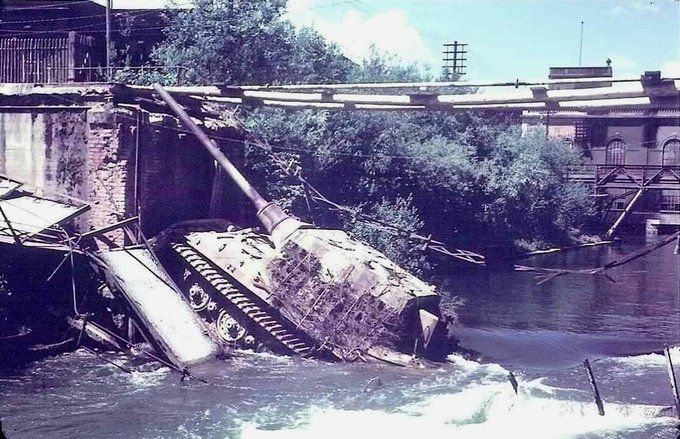

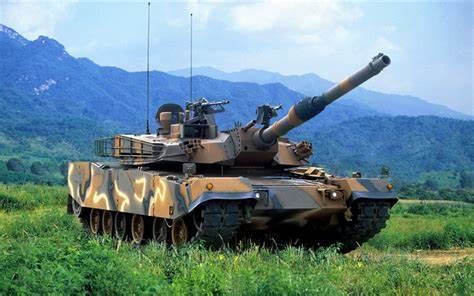
There are loads of analyses out there on gap density in notional operating environments but suffice to say you encounter gaps way more often than you might think. In central Europe a gap can be expected every 2km. In the Baltics it increases to around every 1.25km.

There are loads of analyses out there on gap density in notional operating environments but suffice to say you encounter gaps way more often than you might think. In central Europe a gap can be expected every 2km. In the Baltics it increases to around every 1.25km.















Gaps come in many flavours. Wet or dry, natural or man-made, planned or accidental. All present obstacles to free movement of your forces and choke points where you become bunched, slow, vulnerable, and predictable, which is bad.




Gaps come in many flavours. Wet or dry, natural or man-made, planned or accidental. All present obstacles to free movement of your forces and choke points where you become bunched, slow, vulnerable, and predictable, which is bad.


Live Firing and Observation Post BFMs including firing on the move done. ISTAR focused BFMs underway to close out Reliability Growth Confirmatory Testing (RGCT).

Live Firing and Observation Post BFMs including firing on the move done. ISTAR focused BFMs underway to close out Reliability Growth Confirmatory Testing (RGCT).

